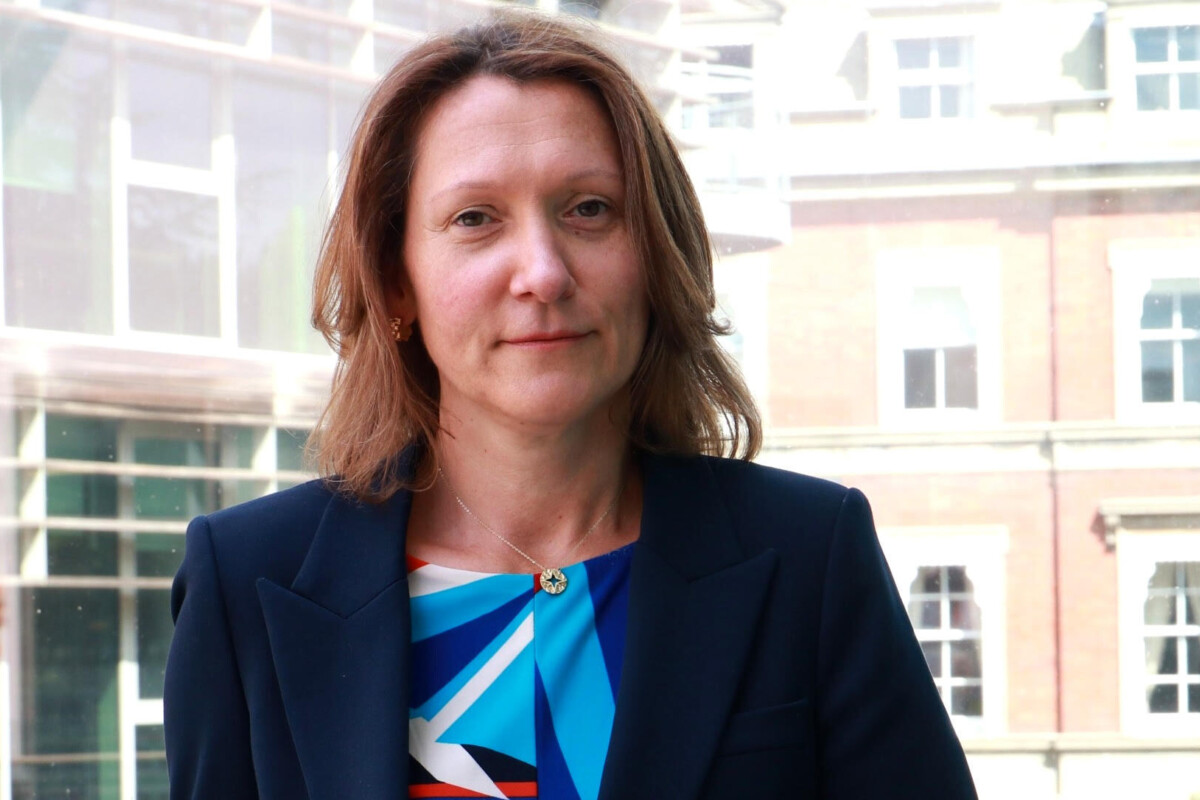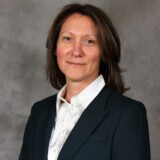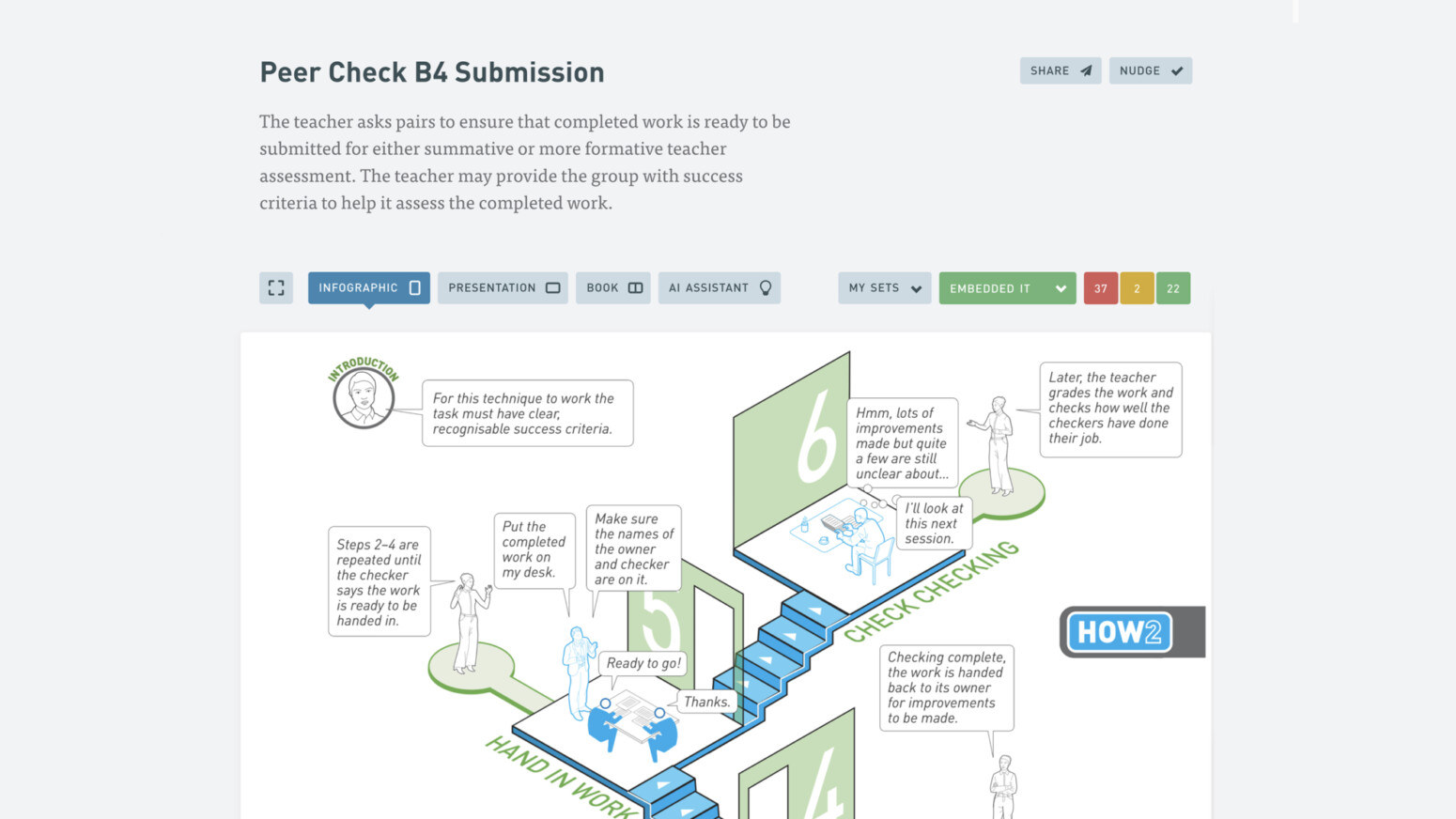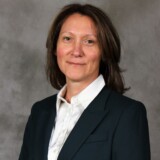From Pockets of Inconsistency to Outstanding: West Thames College’s Story
Confidence. Consistency. A shared language. HOW2 helped West Thames achieve them all — and, along the way, gain Ofsted’s Outstanding judgement.

West Thames College is an independent further education provider in West London with a proud record of serving one of the capital’s most diverse communities. Each year, the college supports around 1,700 young people, over 1,500 adults — the majority on English for Speakers of Other Languages (ESOL) and pre-employment courses — as well as 45 apprentices and 250 students with high needs. Many of these learners come from disadvantaged backgrounds and are the first in their families to consider higher education. For Marta Gajewska, now Principal and CEO, this diversity is the college’s greatest strength — and the driving force behind its ambition.
That ambition is grounded in four core values: integrity, excellence, equality, and respect. These are not, as Marta is quick to point out, “just words on the wall.” They shape every aspect of college life, from student induction to disciplinary processes, and act as a constant touchstone for decisions about teaching and learning. It is this values-driven culture that underpins the college’s relentless focus on quality and opportunity.
That determination was tested in 2021, when Ofsted visited the college. The result was a well-earned Good. Inspectors saw strong teaching and a college with high ambitions for its learners. But the report also noted what Marta, then Vice Principal, describes as “pockets of inconsistency.”
By the time of the 2021 inspection, West Thames had been using the HOW2 Platform for around two years. Following a Requires Improvement (RI) judgment in 2017, the college leadership team developed a Post-Inspection Action Plan and identified 18 categories for improvement. Sets of HOW2 teaching techniques were created to align with these categories. For example, one Set supported teaching in vocational workshops such as construction and hair and beauty, while another was developed for staff teaching higher-level courses. These Sets became a practical way to connect HOW2 directly to the college’s priorities.
Crucially, the HOW2 Platform addressed two barriers that had held the college back: the inconsistency of feedback as the main development tool, and the lack of a trusted, evidence-based resource for teachers. Its visual step-by-step guides gave staff a credible alternative to feedback alone — one they could trust and act on immediately. This shift played a central role in helping the college move from RI to Good.
Good, but Not Yet Consistent
In 2021, inspectors recognised the progress, but they also noted that not all subjects were at the same high standard, and that feedback on marked work was not always consistent. For Marta, this reflected what leaders already knew: “We had robust practice,” she explains, “but one or two areas weren’t at the same high standard. And while the pedagogy was there, teachers weren’t always confident talking about it — about curriculum intent, and the theory behind their choices.”
The Drive for Consistency (2021 – 2024)
With the Good judgement secured in 2021, Marta’s challenge was clear: ensure every learner, in every area, experienced the same high-level teaching and support in line with the college’s values of integrity, excellence, equality, and respect. The inspection had underlined variations in standards and feedback, and for Marta these were closely connected to another priority she and her team had already identified: building teachers’ confidence to explain curriculum intent.
Tackling these challenges meant finding a way to embed high-quality pedagogy across the whole college, while also supporting staff to talk with confidence about their practice. That’s where the HOW2 Platform became central. As Marta puts it, “Teachers were doing fantastic things. But they needed to be able to say, ‘This is what I’m doing, and this is why I’m doing it.’ And I think that’s where HOW2 proved invaluable for me.”
Teachers were doing fantastic things. But they needed to be able to say, ‘This is what I’m doing, and this is why I’m doing it.’ And I think that’s where HOW2 proved invaluable for me.

Marta Gajewska, Principal and CEO of West Thames College
Teacher Triangles
After the 2021 inspection, West Thames introduced what Marta calls “Teacher Triangles.” These were small, cross-departmental groups of three staff who came together each term to focus on their practice.
At the heart of this process was HOW2, which gave the triangles focus and underpinning theory. Each group selected a series of techniques to apply, discussed the theory behind them, explored their intent, and reflected on what happened in their classrooms. As Marta explains: “The platform supported a teacher-led approach to development. It gave the groups a common focus and the language to talk about pedagogy in a way that everyone could access.”
For Marta, the real impact was cultural — a sense of “ownership, pride, and hunger.” Teachers were leading their own development, confident to share practice across subject boundaries. End-of-term “marketplace” events gave triangles the chance to showcase what they had tried, reinforcing the culture of collaboration. As she reflects: “Without HOW2, those discussions could have been very woolly. The platform gave a framework — the structure and underpinning theory — so people weren’t just talking about what they do, but why they do it, with evidence behind it.”
From Triangles into Practice
The work of the Teacher Triangles in the first term flowed into Learning Walks in the second. Marta explains: “The first term is very much focused on the teaching triangle, and then in the second term we do our learning walks — to see people implement what they’ve developed.”
For Marta, the power of a Learning Walk lay in the conversation afterwards — and this is where HOW2 came in. The process was underpinned by agreed teaching quality criteria, with HOW2 Sets mapped to each area. After a walk, teachers reflected on their practice and then created a development plan with their line manager — built around specific HOW2 techniques.
This consistency meant that the feedback didn’t stop at “what could be better.” Teachers left with clear, evidence-based strategies, practical enough to act on straight away, and structured around the same shared framework.
Tailored CPD and Embedding HOW2
One of Marta’s key reflections after the 2021 inspection was about professional development: “One thing I took away from that previous inspection is that one-size-fits-all development doesn’t work. But I don’t have the capacity to tailor it for every single staff member.”
The HOW2 Platform helped bridge that gap. Linked to learning walk feedback and teacher development plans, it meant staff could focus on specific areas for growth with practical strategies at hand.
Marta also wanted to draw on the expertise already in her organisation: “I’ve got so much fantastic expertise in my organisation. Why would I ask someone else to tell my teachers how to do it when they can tell each other?” HOW2 gave teachers the shared framework and language to do just that.
Over time, the platform became part of every stage of staff development — from Teacher Triangles and Learning Walks through to teacher education, induction, and probation. New staff were introduced to HOW2 straight away, with induction tailored to their level of experience. For those new to teaching, probation included bespoke development plans built around HOW2 Sets.
Impact: A Shared Language Across Staff
For Marta, one of the most powerful aspects of HOW2 has been its versatility. She highlights staff joining from industry: “If you’ve come straight from construction and you’ve never taught before, the infographics are brilliant. They ease you in gently. They show you, step by step, what good practice looks like in the classroom.”
At the same time, the platform has proved just as valuable for highly qualified staff. Marta explains that its different formats support different needs: the infographics for newcomers, the presentation views, and e‑books for those with advanced academic backgrounds. “It means the same platform works for someone brand new to teaching and for someone with a PhD — it gives both what they need.”
This breadth has been critical for West Thames. Whether brand new to teaching or highly experienced, staff have a common resource to draw on. It has helped to create a shared language and build the confidence to explain not just what happens in the classroom, but the theory behind it.

Recognition and Real Impact
In December 2024, Ofsted judged West Thames College Outstanding. For Marta, the result was confirmation of what she had already seen developing over time: consistency, collaboration, and a deep commitment to students. “The pedagogy was always there, but now it’s everywhere. Every student is getting that high-level experience.”
The Ofsted report echoed this. Inspectors highlighted the college’s “relentless focus on quality improvement [that] permeates through all levels of staff. Teachers and staff share this ambition and determination. They fully engage in and implement the rigorous quality standards set by leaders to ensure there is a consistent approach to high-quality teaching and assessment.”
Yet for Marta, the significance of that recognition goes beyond the inspection. It represents how a values-driven culture, shared professional language, and evidence-based practice have combined to transform teaching — and ultimately, to transform students’ lives and prospects.
The pedagogy was always there, but now it’s everywhere. Every student is getting that high-level experience.

Marta Gajewska, Principal and CEO of West Thames College
Conclusion: More Than an Ofsted Grade
Teacher Triangles, Learning Walks, induction and CPD all played their part, with HOW2 providing the framework and shared language to make development consistent across the college. This cohesive approach helped drive the progress recognised in the Outstanding judgement.
While the Outstanding judgement confirmed the College’s progress, Marta stresses that the real achievement is measured in lives transformed. “For us, it’s not about grades — it’s about progression, opportunity, and confidence. Our learners move on positively into university, apprenticeships, and careers, and that’s what truly matters.”
That, for Marta, is the real achievement.
-
To learn more about the HOW2 Platform, follow TeachingHOW2s on LinkedIn for updates and insights.






